Virtual reality is a simulation of a three-dimensional environment that can be explored and interacted with by an individual. VR headsets are wearable devices you can put on your head in order to experience virtual reality. VR technology will soon become more affordable, with the introduction of new models coming out every year. It’s predicted that in the next few years, VR will be used in fields like education, art, engineering, medicine, and military training. Here are some things you should know about Virtual Reality before it becomes your new reality.
What is Virtual Reality?
The VR device consists of a headset that resembles a helmet. While it seems bulky and doesn’t fit well on most people, it allows the user to interact with virtual environments while still being in full view of the real world. A traditional video game console also consists of a headset, but it does not present virtual reality experiences. The difference is that a typical video game console uses a motion controller to interact with the virtual world.

While VR is far from mainstream, the technology has found a few enthusiasts including gaming industry companies like Sony, HTC, Oculus, Microsoft, Google, and Apple. These companies are investing heavily in VR technology, and you can expect to see more VR technology come out in the next few years.
How Does it Work?
Virtual reality is a reality that’s being experienced by someone without actually having to leave their house. The technology works by taking motion sensors, like those found in video games and smart TVs, and project them into your living room. This allows your TV or monitor to measure your movements and convert them into images projected on a screen. Using special cameras, a display can present images that appear to be so real that your brain can believe they’re real.
How does it work with headphones?
Because of the headsets that are used, the experience of VR can be very immersive. The VR headset also allows users to have control over their own viewing.
What is The Future of VR?
According to Peter Williams, vice president of digital experiences at Verizon, people will soon be able to have VR experiences anywhere, anytime. Verizon’s virtual reality team is creating tools that will enable VR applications to be connected to the internet so users can download content directly to their phones.
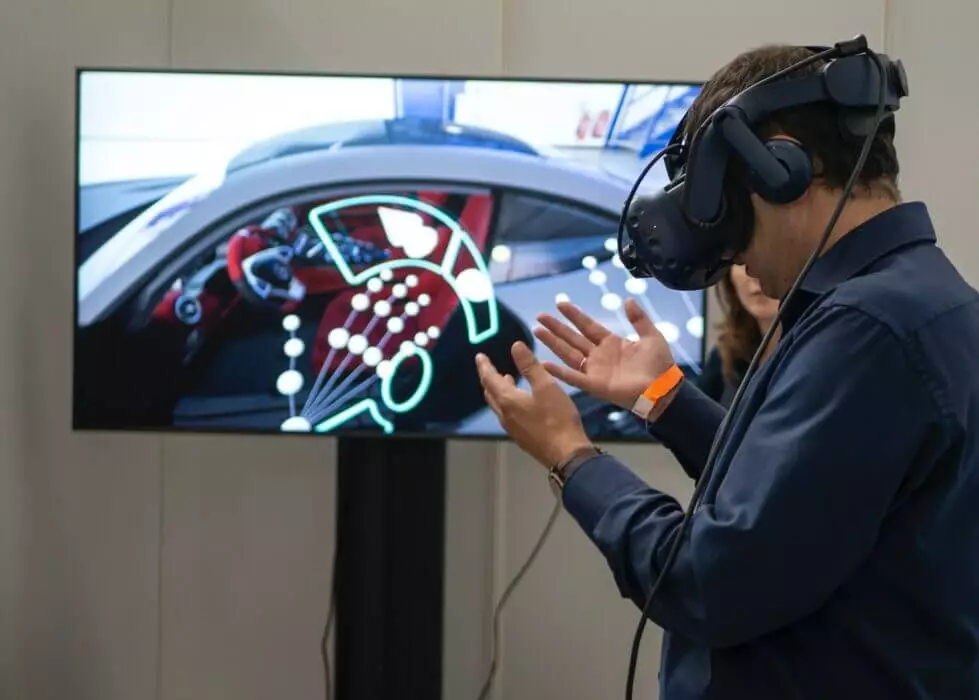
Winnie Labrie, a professor of Computer Science at the University of North Carolina, said, “Lots of things that are currently hard to do will be made easier in virtual reality.” As more data is used, easier sharing and transferring of files will become possible. New methods of tracking, from the position of the user’s body to the directions the view is pointing, will become easier. Augmented Reality, an alternative form of VR, will be introduced to consumers as well.
What are the Benefits of VR?
VR is much more enjoyable than standard video games or traditional videos. In fact, most mainstream news outlets have expressed the benefits of VR, claiming it can save people’s lives and even make first responders more effective. Because the visuals are more real, users can immerse themselves in the experience without worrying about getting sick. VR can also be used for training purposes to hone real-life skills and experiences. This also allows more people to access the technology, which can then open doors for entertainment and business.
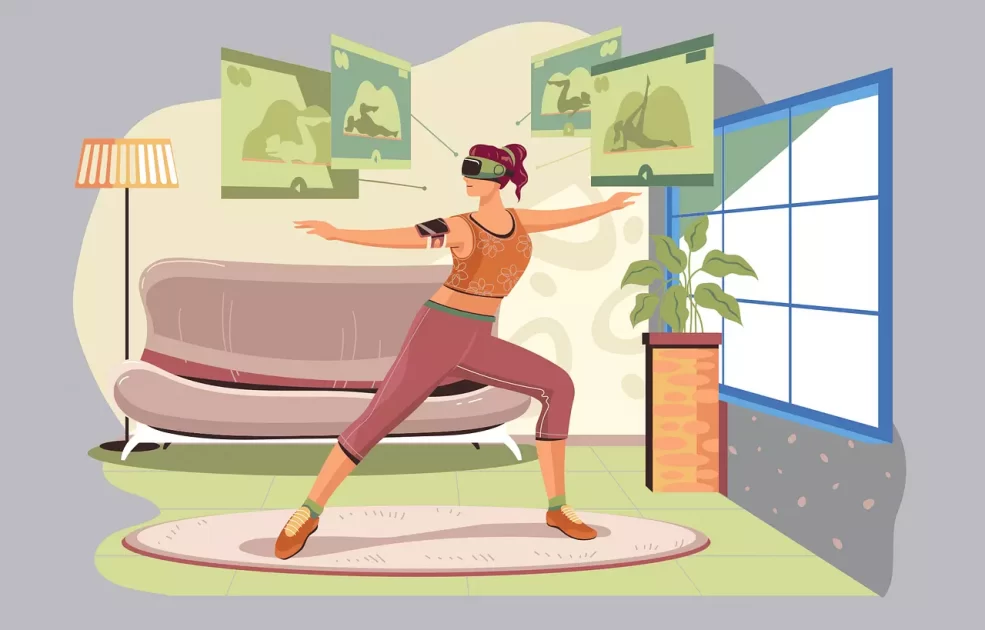
How does virtual reality work?
Like the technology we have today, virtual reality technology uses a combination of electronic components. Sensors and displays relay the information to a VR headset.
Who can Benefit From VR?
The types of people who may want to use Virtual Reality include athletes, gamers, people in film production, architects, artists, scientists, pilots, emergency response professionals, and more.
What is VR?
VR, which stands for Virtual Reality Technology, is a simulation of a three-dimensional environment. It’s not a film or an ordinary gaming device. It is a computer program or software that creates simulated environments. VR is a means of transporting the user into a virtual environment that he can control. In a good VR simulation, the user should be able to feel like he’s somewhere else. One important aspect of a good VR experience is immersion; we feel like we are actually in a place when we are wearing a VR headset.
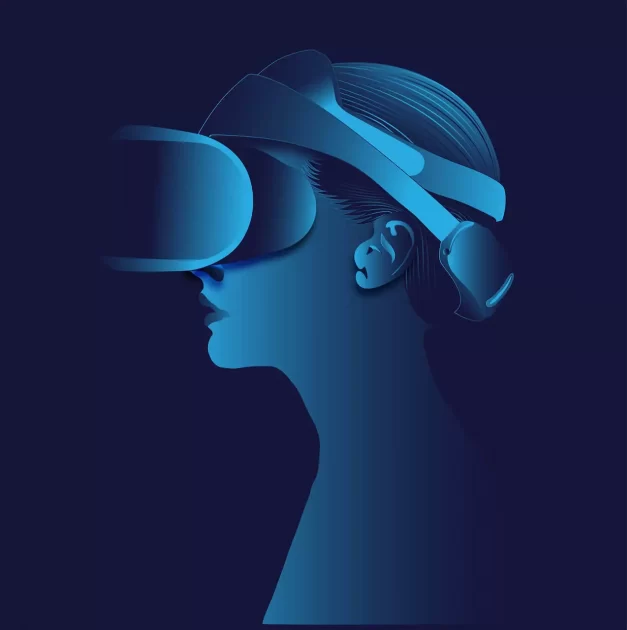
Virtual Reality Glasses
Although we’ve seen many different types of VR headsets in recent years, it’s the latest and greatest headset we have at the end of this article that you’ll want to invest in. The Vuzix M300 is a device that offers amazing immersion without the need for a computer. It’s the first wireless headset that offers motion-tracking, head tracking, and voice assistance. The Vuzix M300 is so advanced it’s sometimes referred to as the “Google Glass of VR.” This is a head-mounted device that can display stunning visuals and information on a holographic display.
The M300 can also give you haptic feedback so you feel like you are actually in the virtual world. It works wirelessly, so you can even carry the device in a pocket.
Pros & Cons of Virtual Reality
Pros of VR include:
- Immersion into a simulated reality
- Many benefits including boosting and developing your brain and mind
- Increased control over your sensory perception
- Improvements to memory
- Improved concentration
- Easier ability to understand others with different perspectives
- Improved performance in most physical activities
Cons include:
- Too many options and no one-fits-all experience
- Not a precise simulation of reality, which can be harmful to the nervous system
- Limited range of motion in the VR headset, which can be limiting
- Excessive immersion can create headaches
- Auditory and visual sensory overload can cause hyper-awareness
- Expensive and laborious to set up
- VR Devices
- HTC VIVE is one of the best virtual reality headsets.
Virtual Reality vs Augmented Reality
As we have mentioned in our previous post about augmented reality and virtual reality, we are adding more information to it mentioned below.
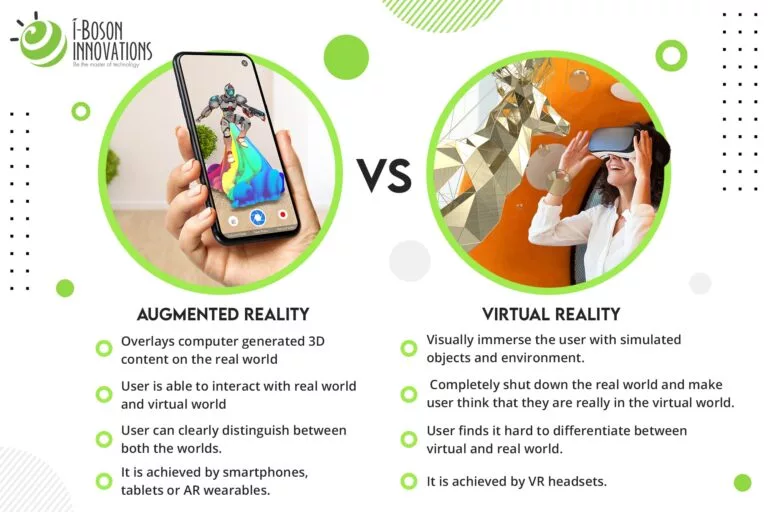
Augmented reality is a technology that overlays images, sounds, or virtual objects over real-world environments. For example, if you stand in front of a certain type of building, you can look through a small set of viewfinders and see an image of that building. The advantage of using augmented reality is that you can actually be immersed in that world. You’ll feel like you are really standing in front of the building. The disadvantage of using augmented reality is that you have to wear a piece of technology in order to experience it.
Unlike augmented reality, virtual reality doesn’t require you to wear any devices. The Rift headset (the standard virtual reality headset), VR helmet, and all of the games and applications that use the Rift headset require that you don’t wear any devices.
Advantages and Disadvantages of Virtual Reality
Virtual Reality (VR) is an artificial environment that can be experienced through various devices, such as headsets. VR differs from the “real world” by incorporating computer-generated images, sounds and other sensations.
Advantages of Virtual Reality:
- Immersive experience
- Stimulating to the senses
- Empathy-building
- Engaging storytelling technique
Virtual reality is being used in gaming and entertainment already, and with the introduction of new VR headsets, the potential is there for this to become an even bigger market. According to one report, in 2015 the gaming industry, made up of online games and software sold for digital distribution, was valued at $93 billion globally.
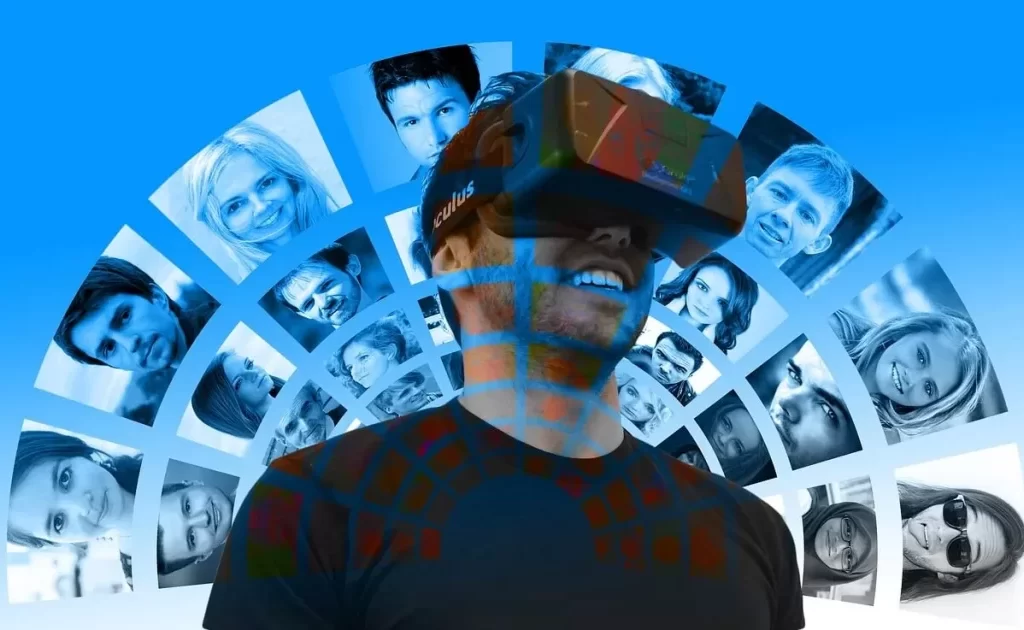
Video games account for 80% of this market. As the average gamer spends more than three hours in front of a screen every day, VR games are expected to significantly increase the time spent playing games. A VR headset is what allows a user to immerse themselves in a world of their choosing, whether it’s the fantasy lands of Narnia or the deadly jungles of World of Warcraft.
Disadvantages of Virtual Reality:
- Lack of Naturalism
- Lack of physical contact
- Unrealistic expectations
One can feel disconnected from the virtual environment due to the inability to feel any tactile input that is found in the real world. When one encounters a virtual object, this can cause them to feel that they are lost in vr.
Conclusion
Virtual reality is one of the biggest buzzwords in the world today. Ready to know what it is and where it’s going? We’ll look at the history of technology, the different types of virtual reality, and the future of virtual reality. By the time you’re done reading this blog post, you’ll know everything you need to know about virtual reality.
Spread the love